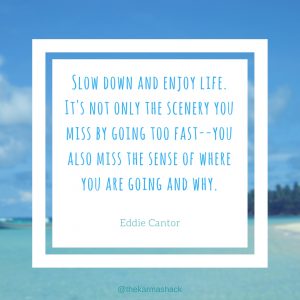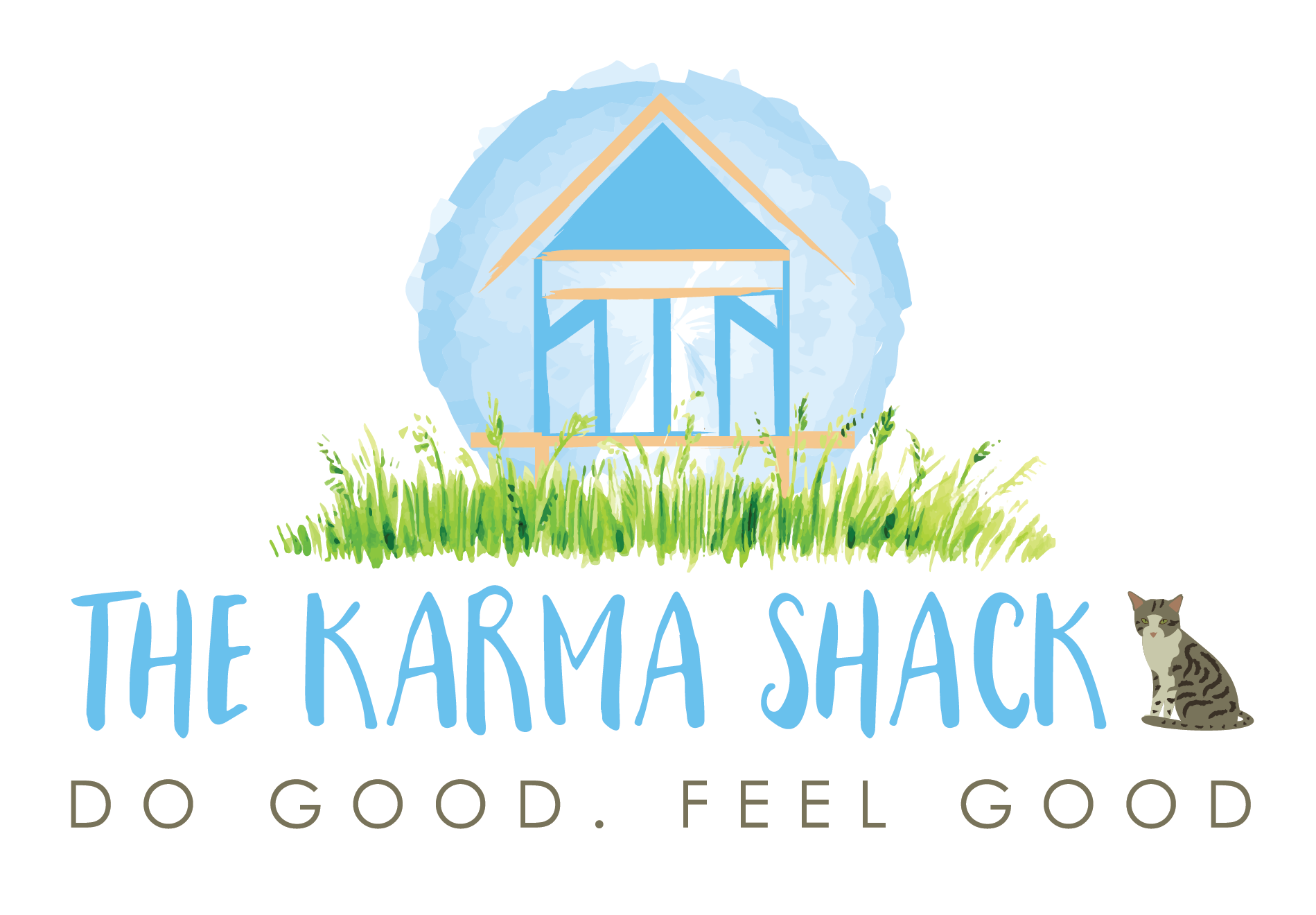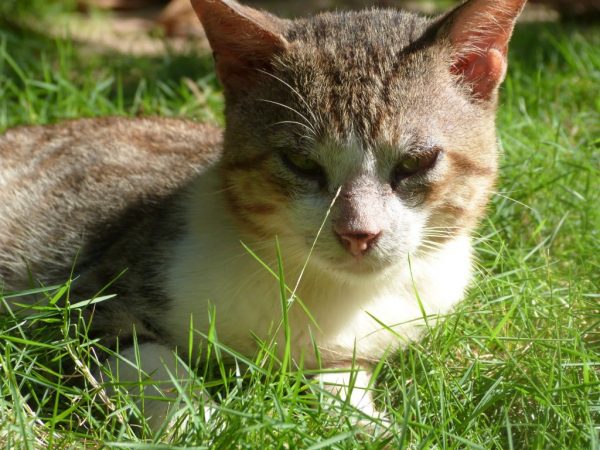
Children always ask: “Are we there yet?” and we call them silly and tell them to have some patience. At a certain age we stop asking that question, but as adults we still want to get everything done as quickly as possible.
Why?
I asked myself this question when I started the huge task of painting a 10-foot wide mandala on an outdoor wall in front of my house and business. It is an oversized project, and I have never done such a thing before. I have no idea how fast I could finish the whole thing.
Once I started painting, I realised that I could not go fast, because every time I put in a bit of colour, I have to wait until it dries before I can put in the next round, to avoid staining everything.
This huge project will have to go slow by default. It was a confusing realisation that I was forced to allow myself to go slow, not to feel like I need to finish this as soon as possible. I had to shift my mind away from the familiar urge to rush, and reset it into a slow-but-steady mode.
We always feel rushed, don’t we? We always want to do things fast, get it over with, because there is so much more that we shoulda coulda woulda.
So many chores to do, so many tasks to accomplish. So many needs to be met, and so many desires to fulfil.
We always want to get things over with. We’re forever rushing through things to get to the end. We seem to have an aversion to really experience the actual task. We tend to stay out of touch with the things we do all day.
We either rush through a task, plowing through it and getting it done, or we never start it, overwhelmed and intimidated by the sheer vastness of it. Both attitudes are coming from that aversion.
In our rush to get as much done as possible, we forget to savour the moment. Things only get done as a sequence of little steps. Each step is a moment, and experiencing that moment consciously is what makes life worth-wile.
“We come to life and our energy soars when we join that moment, rather than standing separate from it—when we rise to the occasion rather than sink into the pit of resistance.” ~ Donna Quesada
If I would have given in to my sense of overwhelm by the sheer size of that mandala, I would never have started, I would have sunk into that pit of resistance. But I have chosen to allow myself as much time as needed to finish this mandala. Actually, I have started to think of it as an intentionally never-ending project, where I can keep adding and altering little details into eternity.
By now, instead of feeling overwhelmed by its vastness, I am excited about the endless field of possibility that this wall-painting is offering me.
We tend get lost in busy-ness, and often use that as an excuse for not doing something, for not being able to meet someone, help them, do something for them.
Too often we also have that excuse ready for ourselves: we don’t have time to exercise, to meditate, to write, paint, garden, to take care of ourselves in a nourishing and nurturing way.
Basically, by letting ourselves get sucked into this false precept of busy-ness, we don’t have time to love ourselves and do what inspires us, what makes us feel alive, what keeps us healthy and thus energised.
Stop the rush, slow down! We can do each thing with attention, enjoying each little moment of the chore, of the challenging task, the tedious job. In every moment there is something to observe, to enjoy and to marvel about, to learn and to absorb, as an essential part of life.
Let’s try and not miss out on all those special moments!
I don’t have two or three months to paint that huge mandala in one go. But I have a little bit of time almost every day to work on it.
Every day a moment to decide on a new shape or another colour.
Every day an opportunity to tackle a little obstacle, meet a small challenge. Every day the opportunity to get into a short bout of high meditative focus.
For the next year or so, or maybe for as long as I live here.
It’s great practice for life!


